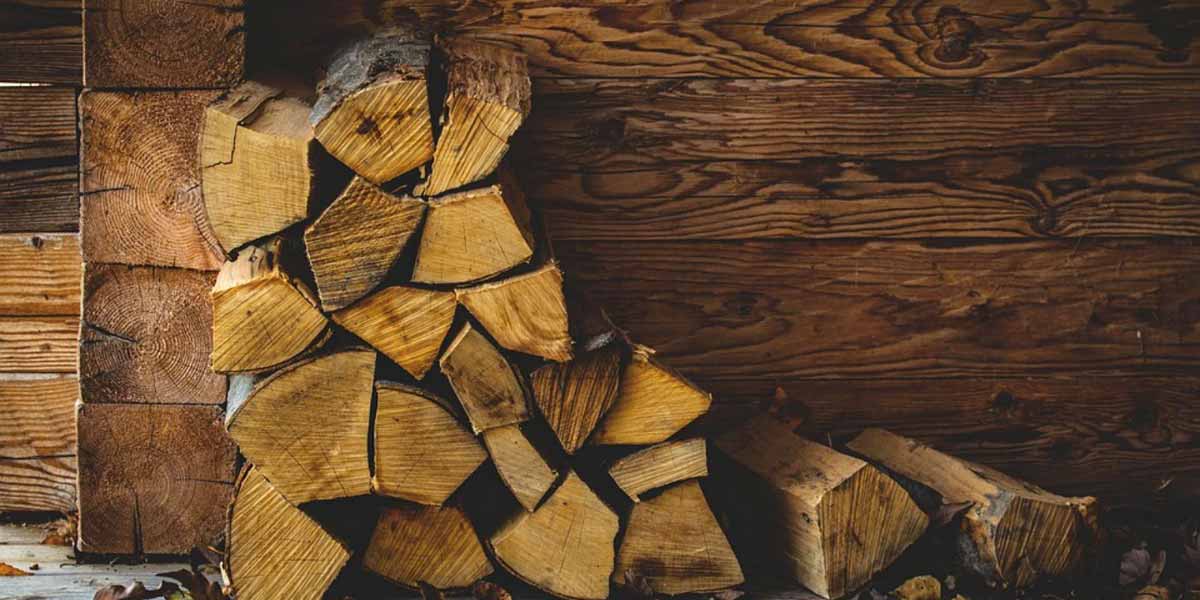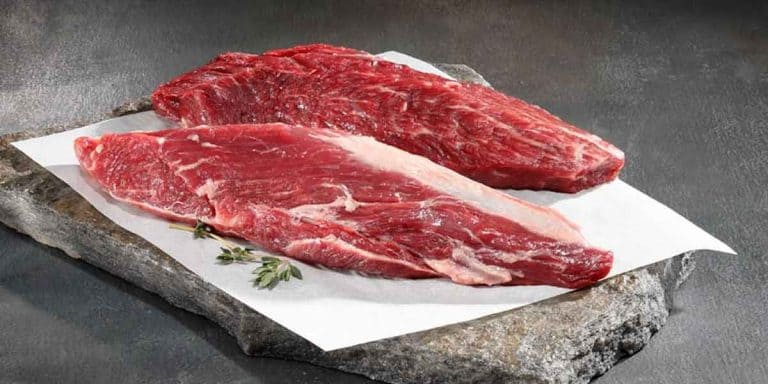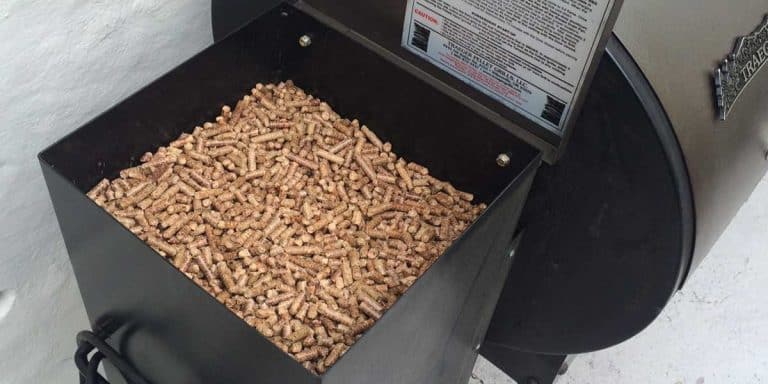How to Season Wood For Smoking
Seasoning wood is the process of drying and preparing a piece of wood to be used for smoking meat. This can be done in large smokers that are left out in the elements, or it can be done in an enclosed smoker. Either way, seasoning wood will prevent the food from becoming too smoky while still allowing the smoke flavor to penetrate the meat.
Wood is an incredibly important component in smoking meats. Without the proper wood, you will not get the same flavors from your meat as you would by using different woods. It can be tricky to figure out which type of wood goes with which kinds of meat, but it is well worth the effort to achieve that delicious smoked flavor.
When you are smoking food, the wood must be seasoned beforehand. Seasoned wood is better for smoking because it burns longer and helps maintain steady temperatures in your smoker.
What Does It Mean to Season Wood for Smoking?
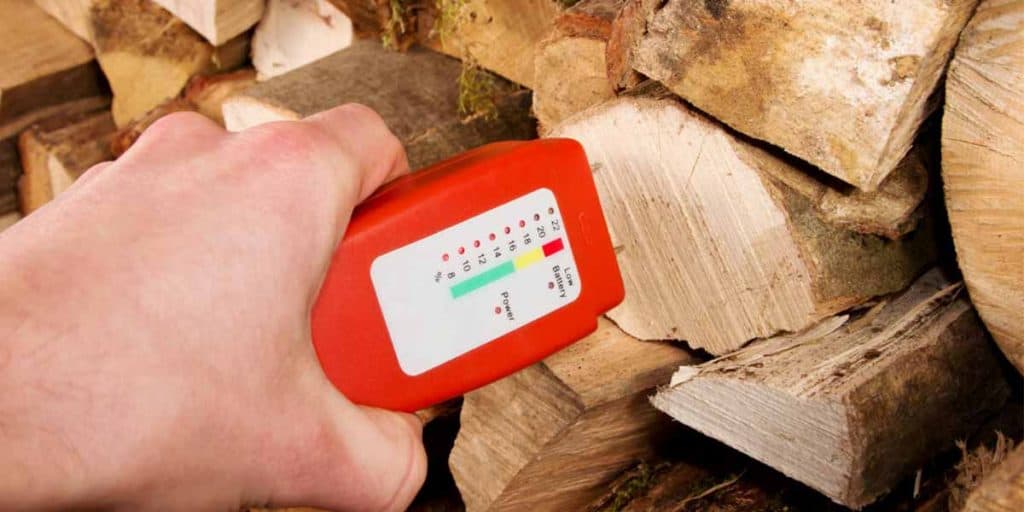
Traditionally, the only fuel used in the process of smoking meat was wood. Seasoning wood is the process of allowing the wood to dry and mature in the proper conditions over time. Smoking wood is typically dried hardwood that has undergone a process to remove moisture and age the wood for anywhere from 6 months to 2 years.
Drying, aging, and preparing are the three stages of seasoning wood. You can use hardwoods like hickory, oak, mesquite, maple, or fruitier or nuttier woods like apple, peach, or pecan.
The Benefits of Using Seasoned Wood for Smoking
Although seasoned firewood is more expensive, it offers several advantages that new or damp wood does not. It may take more than 6 months for some wood to dry and reach a moisture content of less than 20%. Softwoods, such as pine, can be fully seasoned in as little as six months, while hardwoods, such as oak or timber, can take up to two years. Here are some benefits of using seasoned wood for smoking:
1. Burns well: A better burn can be achieved by using properly seasoned firewood all around. Wood that hasn’t been properly seasoned retains water, making it harder to burn. The water trapped inside the damp wood causes the fire to burn cooler and produce less heat once it is lit.
2. It generates less smoke: Seasoned wood, on the other hand, contains very little moisture and produces very little smoke.
3. Easy to light the fire: Seasoned wood is the best to work with because it lights up immediately and burns for longer than unseasoned wood.
Difference Between Seasoned and Unseasoned Wood
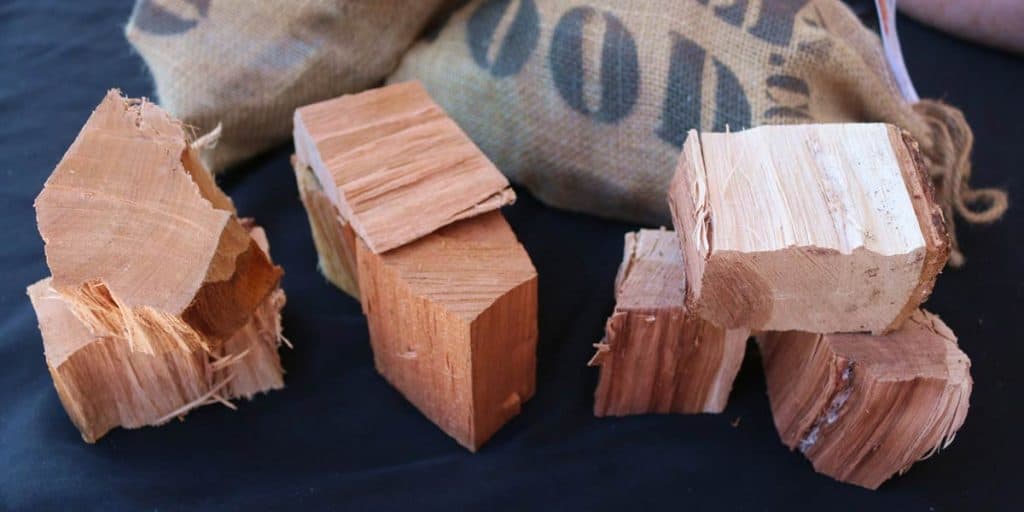
Before we inform you how to season wood for smoking, let us explain the difference between seasoned and unseasoned wood. There are 10 indicators to indicate if the wood is seasoned or unseasoned.
1. Colour: Green wood is more colorful than seasoned wood.
2. Weight: Unseasoned wood is damp in the middle and appears to be quite new and fresh. The wood at the log’s margins is lighter, and the bark is closely connected. The longer a log is allowed to dry, the better seasoned it will be.
3. Split wood: Rather than buying logs in a stack, it’s important to purchase wood that has already been split. Split wood dries faster than unsplit wood or wood touching the ground, which is one of the signs that the wood is being dried.
4. Hardness: The lighter the wood becomes as it dries, the easier it is to split or damage it. Green wood is less compact and more fragile than dry wood.
5. Bark: On dry wood, the bark is loose. On dry wood, you may observe bare areas. Any existing bark can be readily removed.
6. Cracks: Some fractures in dry wood may emerge from the center to the edges of the wooden pieces. When purchasing seasoned wood, keep in mind that green and dry wood may or may not have cracks, so examine other factors.
7. Sound: When fresh wooden pieces are struck against each other, they always make a dull thud, whereas dry wood generates a hollow sound. Also, use wood that has been seasoned. As the fire tries to burn, it makes a hissing or popping noises compared to unseasoned wood.
8. Smells: Unseasoned wood has a more sappy or fresh grass-like smell, whereas seasoned wood has a less musty smell. Often, rotten firewood has a foul smell.
9. Moisture Content: Well-seasoned Logs should be dried to a moisture percentage of less than 20%. The firewood struggles to burn if it is not well seasoned and leaves a blackened window on your stove.
10. Flammability: You can also evaluate flammability outside by burning several test pieces of wood. It won’t be easy to light green wood. It will burn brightly and produce a large amount of smoke, alerting you to the fact that it is ready to be burned.
How to Season Wood for Smoking
There are two methods for drying wood for smoking: air drying and kiln drying. One of the most frequent methods for drying wood today is air drying. Exposing wood to direct sunlight is a common way to do this. Because they can manage the temperature and other parameters, heated chambers are used for kiln drying. Let us now learn how to season wood for smoking by explaining these 2 methods.
1. How to Dry Wood For Smoking Using The Air Drying Method
The conventional method of drying wood is by air. You must expose your wood to the elements. Before it can be finished, it needs to be exposed to the elements (sunlight, wind). The following are the steps for drying wood for smoking:
I. Seasoning should begin in the summer: It is considerably easier to dry wood outside than it is to dry it inside. In the summer, when the sun shines, the wood dries faster. If you want to speed up the drying process, try to dry your wood in warmer temperatures.
II. Chop up the wood into smaller pieces: Before drying, the wood should be sliced into smaller pieces. Larger pieces take longer to dry than smaller ones. When cutting wood, use the appropriate safety equipment.
III. Build a raised platform: Raised platforms prevent moisture from collecting under the wood. If you don’t expose your wood to direct sunlight, it will not dry properly. A high platform also protects your wood from rain damage.
IV. Pile your wood neatly: Stacking wood in piles is a good idea. This ensures that the room is properly ventilated. To avoid toppling, stack wood in single stacks. Allow for ventilation by leaving gaps between the parts.
V. Allow enough time to dry: It’s best not to move the wood until it’s completely dry. The amount of time it takes for the wood to dry depends on the type of wood, the starting moisture level, thickness, and density. It usually takes 3-6 months for it to dry.
VI. Moisture level: Use a wood moisture meter to determine if the wood is dry or wet. It’s a handy tool for determining the moisture content of wood.
You’ll want to choose wood with a moisture content of between 9% and 14%. You should avoid over-drying wood since it will burn up too quickly during the smoking process if it has been dried out too much.
2. How to Dry Wood For Smoking Using The Kiln Drying Method
Kiln drying is the process of drying wood in a reserved environment. And it’s almost always done for a profit.
Technically, it is a drying method that is primarily used to reduce the moisture content of the wood. The procedure is carried out in a sealed room with precise air circulation, humidity, and temperature control. The following are the methods for drying wood for smoking.
I. Put the wood into the kiln: Depending on the type of kiln, wood should be placed inside the drying chamber (or kiln). Stack your wood against the wall or in the designated area.
II. Select the temperature you desire: It takes roughly 11 days to dry wood. The temperature should be regulated according to the wood you want to dry. High temperatures result in rapid combustion but have a short life duration.
III. Turn on the ventilation system: To achieve equal drying, turn on the ventilation system on your wood drying machine.
IV. Maintain the fuel supply: It’s important to remember to keep the gasoline supply steady. Depending on your kiln, you can use the slot provided to add firewood, oil, or coal.
V. Turn off the Kiln: When the drying period has passed, turn off the kiln and open the air vents to allow the hot air to leave. It should take between four and six hours to complete this operation.
Whatever you do, don’t open the kiln until the wood has completely cooled, as this is a major safety hazard. If you open it too soon, you’ll get a blast of heated air. To manage the procedure appropriately, refer to your kiln’s cooling instructions.
VI. Place in storage: If the weather is terrible, keep wood in an open shed or beneath a tarp.
Conclusion
Seasoned wood is in high demand because of its advantages over fresh or wet wood. Although seasoned wood is more expensive, it not only burns well but also produces less smoke and gives you a better smoking experience.
If not properly dried, seasoned firewood might have variable moisture. You should not purchase a stack of wood that has both dried and damp wood.
When it comes to drying wood, both methods are equally successful. Your preference is the primary distinction between the type of wood you choose. However, how much time you have before starting the smoking process can play a role.

